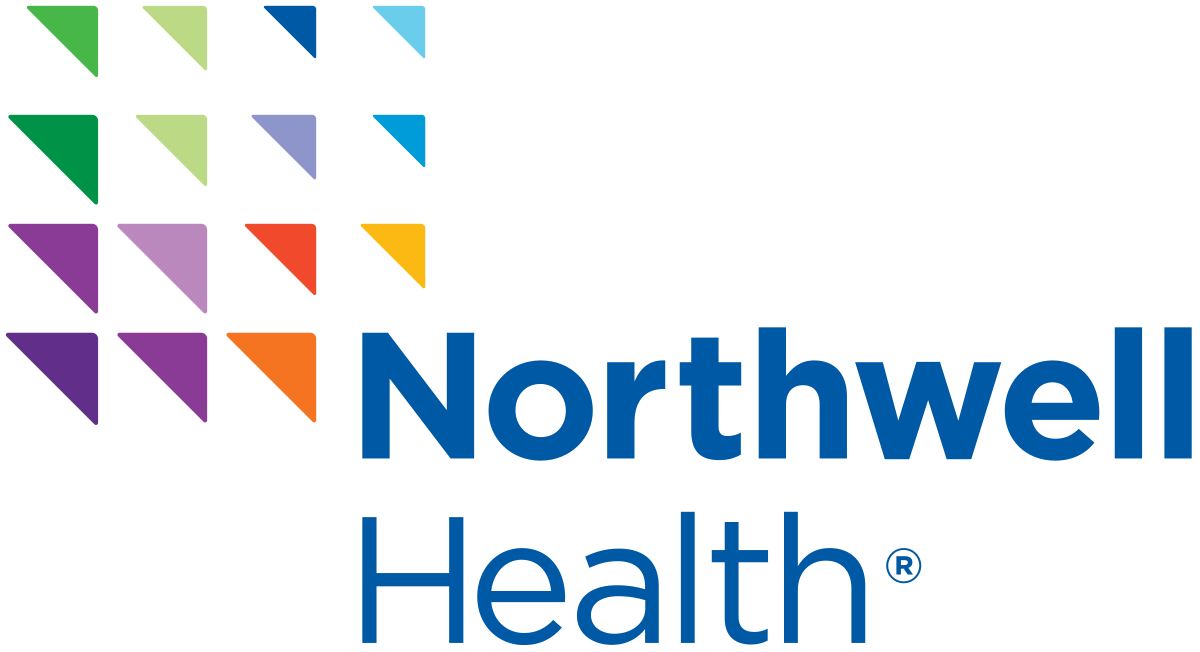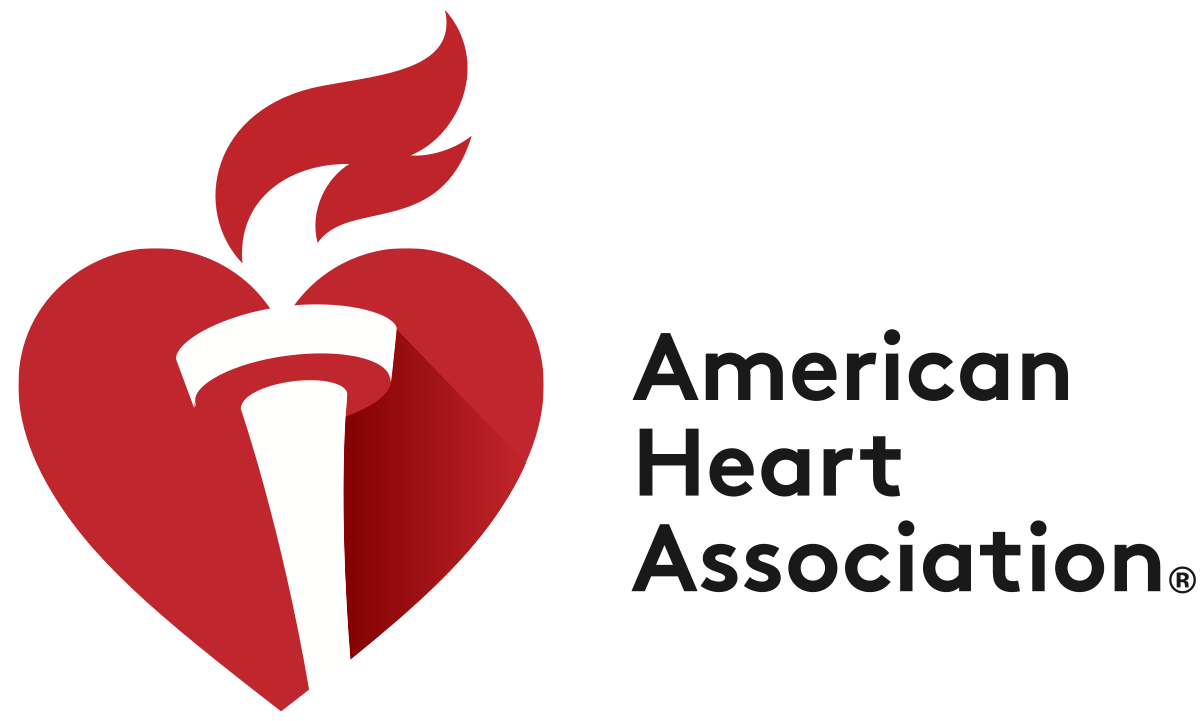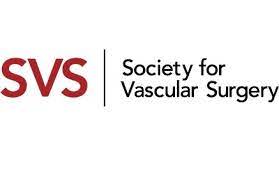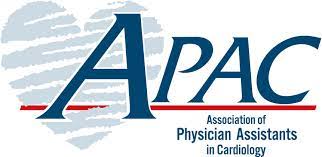Services
Cardiology is the medical specialty that deals with conditions of the heart. Conditions that are treated by a cardiologist include:
- Congenital heart defects
- Coronary artery disease
- Heart failure
- Cardiovascular disease
Preventative Cardiology
Preventive cardiology is a medical discipline that revolves around maintaining cardiovascular health and averting the onset or recurrence of disease. This type of care is recommended for patients with a personal or family history of heart disease, very high cholesterol levels, severe hypertension or metabolic syndrome. The goal of preventive cardiology is to lower the patient's risk of developing or worsening a cardiac condition through a combination of education about lifestyle changes and medical management and monitoring. After an examination, testing and assessment, each patient is provided with a personalized treatment plan designed to prevent or rehabilitate cardiac problems.
Interventional Cardiology
Interventional cardiology focuses on the diagnosis and treatment of certain heart problems through the use of catheters. Cardiac catheterization is a procedure used to place the catheter, which is a long, thin tube, in the heart or a nearby artery. During this procedure, a catheter is inserted into a blood vessel in the arm, groin or neck area and guided to the heart. When the catheter reaches the heart, it can be used to:
- Detect any blockages or abnormalities
- Take a blood or muscle sample
- Measure blood pressure and oxygen levels
- Detect and repair congenital heart defects
- Repair or replace heart valves
- Perform an angioplasty
- Perform a balloon valvuloplasty
- Correct arrhythmia
Cardiac catheterization is usually performed in a hospital but does not require the use of anesthesia. It is a safe procedure with little to no pain and a low risk of complications.
Nuclear Cardiology
Studying tissue function with nuclear medicine can help a physician diagnose many kinds of diseases, tumors, infections and other disorders in the brain, heart, lungs, bone, bowel, kidneys, thyroids and other internal structures.
Nuclear cardiology focuses on imaging the heart to locate or diagnose problems with the heart. This is done by administering a contrast dye to the patient, which helps with visibility of specific organs and structures. Scans may be performed in conjunction with other types of imaging, such as CT, MRI or X-ray, or with stress tests to determine the cause of unexplained chest pain.
Diagnostic Tests for Cardiovascular Conditions
Some of the most common diagnostic tests used to diagnose or evaluate many heart conditions include the following:
MRI
MRI stands for Magnetic Resonance Imaging, a non-invasive, radiation-free scanning technology. It is a test that uses radio waves and magnetic fields to produce clear and detailed three-dimensional images of organs and hard and soft tissues throughout the body.
Electrocardiogram
An electrocardiogram is a diagnostic test that measures the electrical activity of the heart. Also known as an EKG or ECG, the electrocardiogram translates the information it receives into a pattern of waves for analysis.
Stress test
A stress test is a diagnostic test used to determine the amount of stress your heart can manage before exhibiting abnormalities such as arrhythmia or ischemia. Stress tests are performed through a series of exercise activities during which your heart rate, breathing and blood pressure are monitored.













